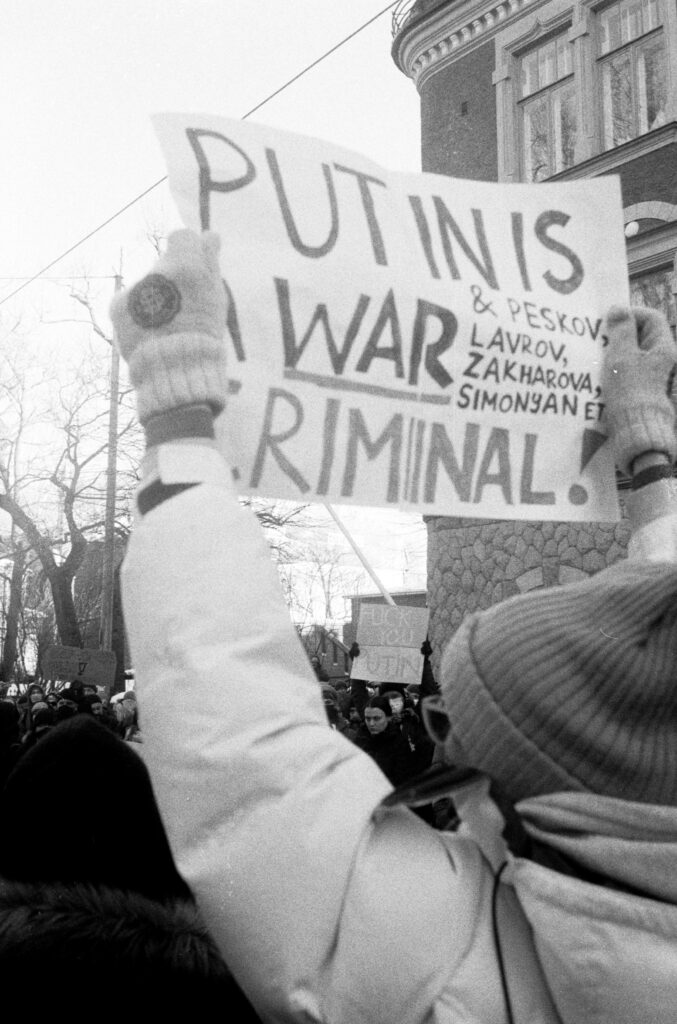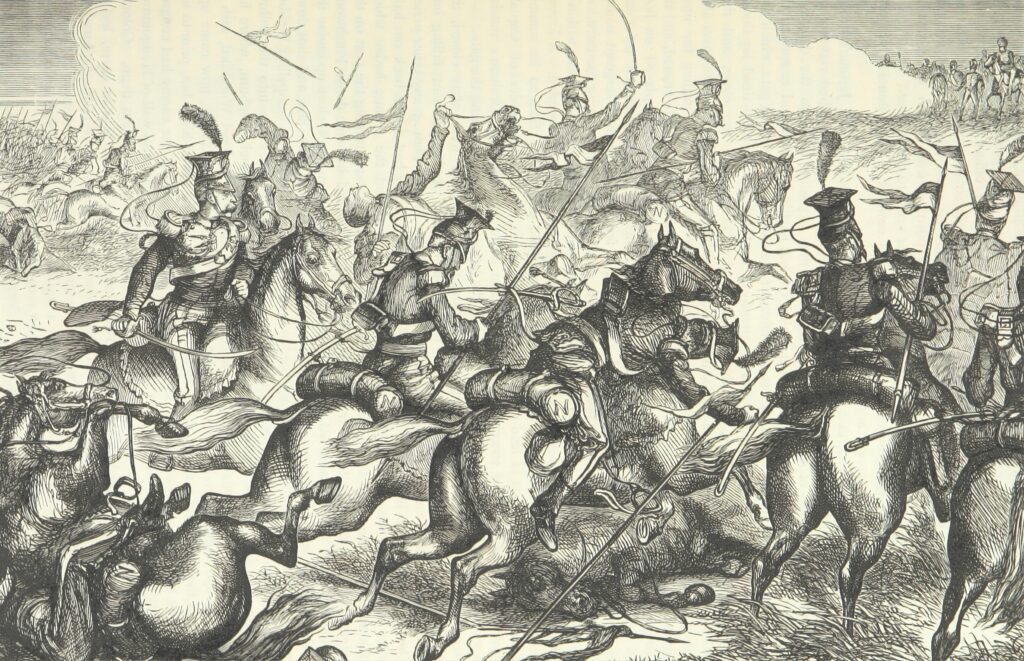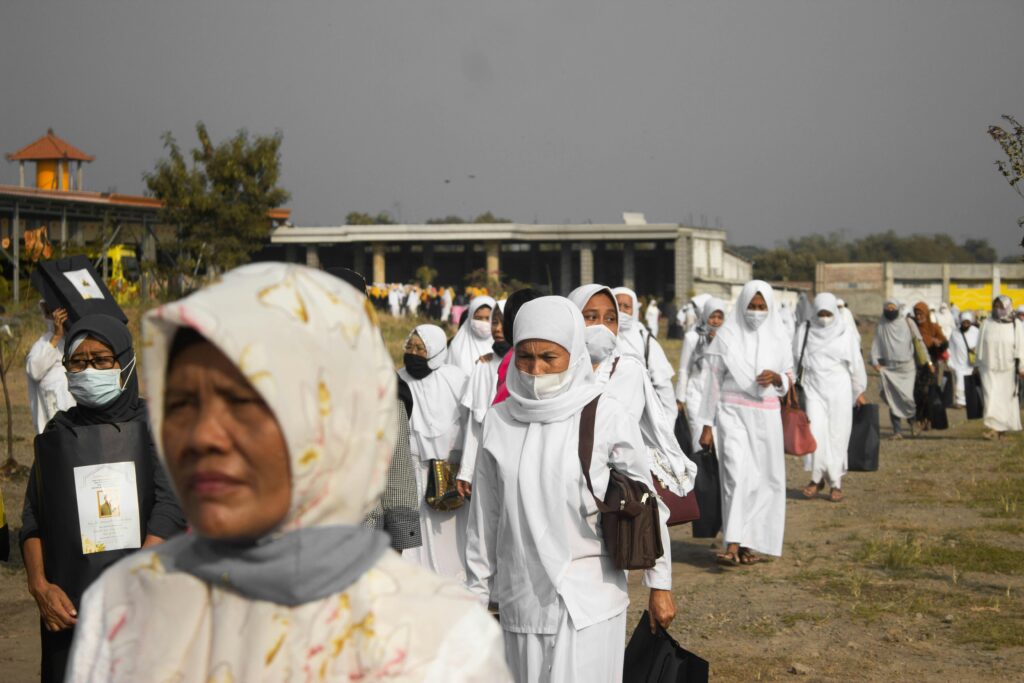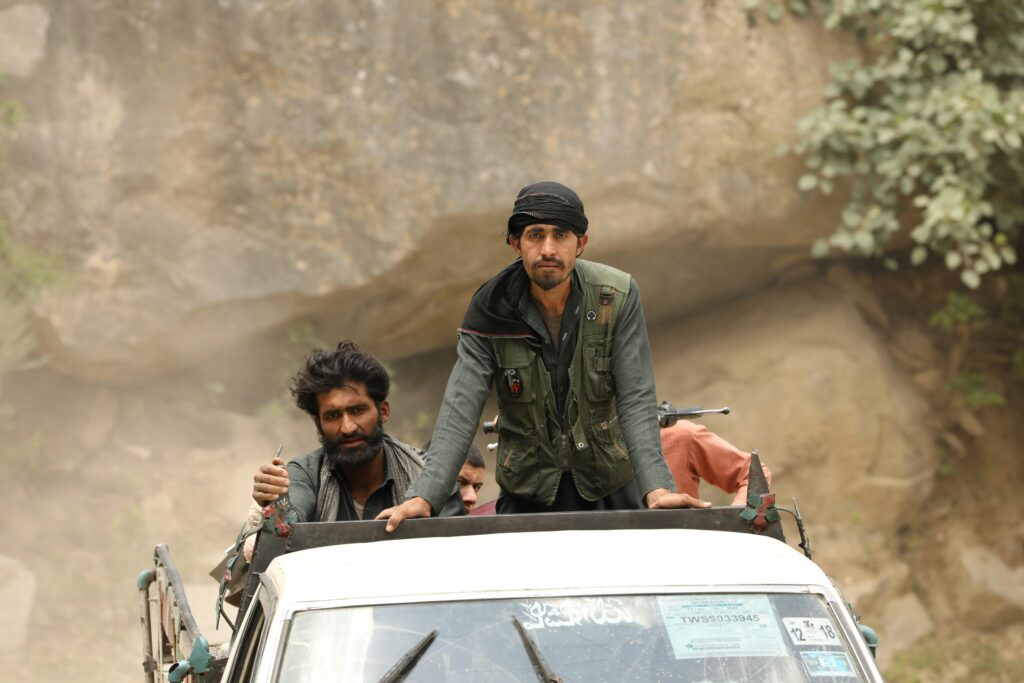Strategic bombing campaigns emerged as a defining and controversial element of warfare in the 20th century, fundamentally reshaping military tactics and the broader scope of conflict. From the early experiments in aerial bombardment during World War I to the devastating air raids of World War II and beyond, these campaigns sought to cripple an adversary’s industrial capacity, infrastructure, and civilian morale. In this article, we’ll explore the profound impact that strategic bombing had—not only on the outcomes of major conflicts but also on the ethical debates, technological advancements, and the evolution of modern warfare. Whether viewed as a necessary military strategy or a grim consequence of total war, the legacy of strategic bombing campaigns continues to influence military planning and international relations today.
Table of Contents
- The Evolution of Strategic Bombing and Its Technological Advancements
- Analyzing the Human and Economic Consequences of 20th Century Bombing Campaigns
- Case Studies of Key Strategic Bombing Operations and Their Outcomes
- Recommendations for Modern Military Strategy and Ethical Considerations in Aerial Warfare
- Closing Remarks
The Evolution of Strategic Bombing and Its Technological Advancements
From the rudimentary raids of World War I to the sophisticated campaigns of World War II and beyond, strategic bombing underwent a profound transformation, fueled by relentless technological innovation. Early missions relied heavily on basic propeller-driven bombers, constrained by limited payload capacity and accuracy, which often resulted in collateral damage rather than targeted destruction. However, advancements such as the introduction of heavy four-engine bombers like the B-17 Flying Fortress and the Lancaster dramatically increased operational range and payload. The evolution of navigation aids, including the use of radar and electronic bombing systems like the Norden bombsight, allowed aircrews to engage targets with unprecedented precision — reshaping the tactical playbook of air forces worldwide.
These technological leaps were complemented by pivotal developments in aerial warfare strategies and coordination. Strategic bombing campaigns began to incorporate:
- Formation flying techniques to enhance defensive capabilities against enemy fighters.
- Electronic countermeasures to disrupt enemy radar and communications.
- Jet propulsion leading to faster, more agile bombers post-World War II.
- Precision-guided munitions introduced in later conflicts, enabling pinpoint strikes with minimal collateral effects.
Each advancement not only amplified the effectiveness of strategic bombing but also forced adversaries to innovate defensively, setting the stage for an evolving arms race in the air. Understanding these technological milestones is crucial to appreciating how air power has been harnessed—and contested—throughout the 20th century.
Analyzing the Human and Economic Consequences of 20th Century Bombing Campaigns
Strategic bombing campaigns throughout the 20th century left profound and lasting impacts on both civilian populations and national economies. Beyond the immediate devastation wrought by aerial bombardments, these campaigns inflicted deep psychological trauma on affected communities, disrupting social cohesion and altering demographic patterns. Cities reduced to rubble faced challenges in rebuilding infrastructure, which in many cases delayed economic recovery for decades. The widespread destruction of homes, schools, and hospitals meant that beyond the fatalities directly caused by the attacks, countless individuals endured prolonged suffering due to diminished access to essential services and resources.
Economically, the costs extended far beyond the direct material damage to industry and urban centers. Countries engaged in strategic bombing campaigns found themselves reallocating vast portions of their budgets towards military production and reconstruction efforts. The disruption of logistics and supply chains further hampered industrial output and trade, resulting in:
- Sharp increases in unemployment as factories and businesses collapsed under bomb damage.
- Inflationary pressures due to scarcity of goods and resources.
- Post-war debts amassed to finance rebuilding, leaving long-term burdens on national economies.
These economic repercussions compounded the human toll, illustrating how strategic bombing campaigns reshaped societies on multiple, interconnected levels.
Case Studies of Key Strategic Bombing Operations and Their Outcomes
One of the most studied strategic bombing operations of the 20th century is the Allied bombing campaign against Germany during World War II. Targeting key industrial centers like the Ruhr Valley and cities such as Dresden and Hamburg, the Allies aimed to cripple the Nazi war machine’s production capability. While the raids caused massive destruction and disrupted logistics, the ethical ramifications and civilian casualties remain subjects of debate among historians. Interestingly, the campaign showcased both the potential and the limits of strategic bombing—while it significantly hampered German industry, it failed to deliver a swift end to the war as hoped. The campaign’s mixed results underscored the need for precision and combined arms coordination in modern air warfare.
In the Pacific Theater, the U.S. strategic bombing campaign against Japan revealed a different set of outcomes. The continued bombing of industrial and urban areas, culminating in the firebombing of Tokyo and the atomic bombings of Hiroshima and Nagasaki, decisively shifted the momentum. These operations highlighted the profound psychological and material impact of air power when combined with nuclear technology. However, they also initiated complex post-war discussions regarding the morality of targeting civilian populations and the long-term geopolitical consequences. This case study highlights the evolution from conventional bombing to strategic deterrence, marking a pivotal transformation in military strategy for the latter half of the 20th century.
- Allied bombing of Germany: Industrial disruption with ethical controversies
- Pacific bombing campaign: Strategic effectiveness and nuclear devastation
Recommendations for Modern Military Strategy and Ethical Considerations in Aerial Warfare
In contemporary military operations, aerial warfare must be executed with a renewed emphasis on precision and accountability. Advances in technology demand the integration of precision-guided munitions and real-time intelligence to minimize collateral damage and safeguard civilian lives. Commanders should prioritize strict adherence to international humanitarian law to ensure combatants distinguish clearly between military targets and non-combatants. Effective use of cyber and electronic warfare capabilities can complement aerial assets, allowing for the disruption of enemy infrastructure with lower kinetic impact.
Ethical considerations now play a pivotal role in shaping military doctrines. Transparency in mission objectives, combined with robust post-strike assessments, helps maintain moral responsibility and public trust. Command structures must foster accountability through clear rules of engagement and rigorous personnel training on ethics in combat. Implementing these measures will help modern armed forces balance tactical effectiveness with the imperative to uphold human dignity throughout the conduct of aerial campaigns.
- Invest in precision-guided technologies to limit unintended casualties
- Coordinate multi-domain operations incorporating cyber and electronic warfare
- Establish transparent rules of engagement aligned with international law
- Conduct thorough collateral damage assessments and share findings with civilian oversight bodies
- Enhance ethical training for all personnel involved in aerial operations
Closing Remarks
In reflecting on the profound impact of strategic bombing campaigns throughout the 20th century, it becomes clear that these military tactics reshaped not only the conduct of war but also the ethical and humanitarian landscape of conflict. From the devastating architectural ruins to the psychological scars borne by civilian populations, strategic bombing campaigns left an indelible mark on history. As we continue to study these events, we gain valuable insights into the evolution of warfare, the balancing act between military objectives and moral considerations, and the persistent need for strategies that minimize human suffering. Understanding this complex legacy is essential—not just for historians, but for policymakers and global citizens striving to prevent the horrors of the past from repeating in the future.













